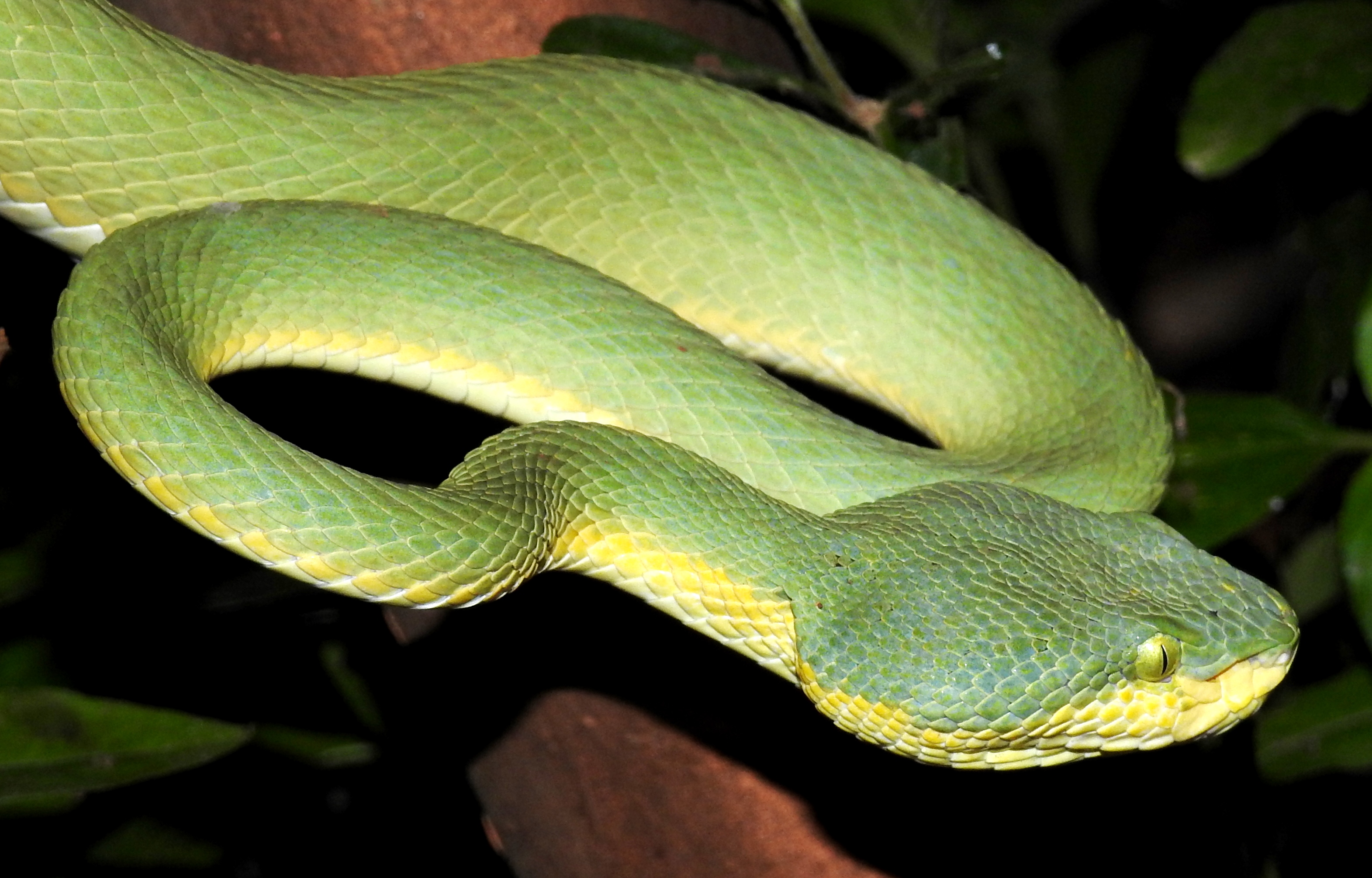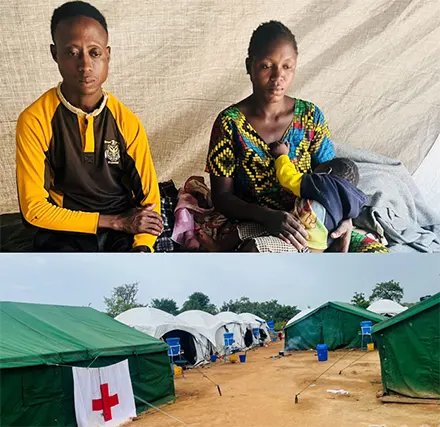Understanding Snake Bites
A snake bite occurs when a snake injects its fangs into the skin. If it’s venomous, this can lead to serious medical emergencies. Common signs include two puncture wounds, swelling, redness, and intense pain .
Worldwide, snake bites affect up to 5 million people a year, with 80,000–125,000 deaths. In the U.S., around 7,000 venomous bites happen annually, resulting in about 6 deaths.
How Venom Affects the Body
Effects vary by snake species:
-
Pit vipers (rattlesnakes, copperheads, water moccasins): cause rapid pain, swelling, low blood pressure, nausea, and possibly paralysis
-
Coral snakes: may cause delayed symptoms—drooping eyelids, muscle weakness, respiratory trouble that can appear hours later
-
Systemic complications include bleeding, kidney damage, tissue death, and allergic responses
Immediate First Aid Steps
If someone is bitten:
-
Stay calm and call emergency services immediately — time is critical
-
Keep the affected limb still and at or below heart level (pit vipers) or below heart level (coral snakes)
-
Remove tightly fitting clothes or jewelry near the bite, as swelling may occur
-
Clean the wound gently with soap and water — do not apply ice
-
Avoid harmful practices:
-
No tourniquets, suction, cutting, ice, or electric shocks
-
Do not let the victim walk or ingest medications without professional advice .
-
Emergency Medical Care
-
Antivenom is the definitive treatment. Its effectiveness is greatest when administered within 4 hours of the bite
-
Doctors may also treat symptoms like shock, respiratory problems, and blood pressure abnormalities.
-
Non-venomous bites often require only cleaning, observation, and a tetanus shot if needed
Recognizing a Venomous Bite
Signs you might be dealing with venomous snakebite include:
-
Paired fang punctures with swelling, redness, and pain
-
Systemic symptoms: nausea, dizziness, blurred vision, excessive salivation or sweating
For pit viper bites, effects manifest quickly. For coral snakes, watch for delayed neurological issues — even if initial pain is mild
Preventing Snake Bites
Reduce your risk with these precautions:
-
Wear protective footwear and long pants in snake-prone areas
-
Stay alert when walking in tall grass, leaf piles, wood stacks, or near logs and rocks.
-
Use a walking stick to softly tap the ground ahead—snakes likely will retreat
-
Never provoke or handle snakes; allow them space to escape .
Why Prompt Action Matters
-
Quick antivenom administration can mean the difference between full recovery and permanent injury or death .
-
Delays increase risk of severe complications like tissue necrosis, organ damage, or respiratory failure .
-
Young children and immunocompromised individuals face higher risk due to fragility .
✅ Quick At‑a‑Glance Guide
| Step | Action |
|---|---|
| 1️⃣ | Call emergency services immediately |
| 2️⃣ | Keep bite limb immobilized, not elevated |
| 3️⃣ | Remove tight clothing/jewelry |
| 4️⃣ | Gently wash wound — no ice |
| 5️⃣ | Avoid harmful treatments (tourniquets, cuts, suction) |
| 6️⃣ | Report bite time to medical staff |
| 7️⃣ | Administer antivenom as soon as possible |
| 8️⃣ | Observe for shock or breathing issues — treat accordingly |
Bottom Line
Snake bites—especially from venomous species—demand swift first aid and urgent medical attention. Prevent bites by staying vigilant in wild areas and equipped with basic protection. In the event of a bite, immobilize, cleanse, and transport — letting professionals administer antivenom remains the gold standard for recovery.
Source: https://www.msn.com







